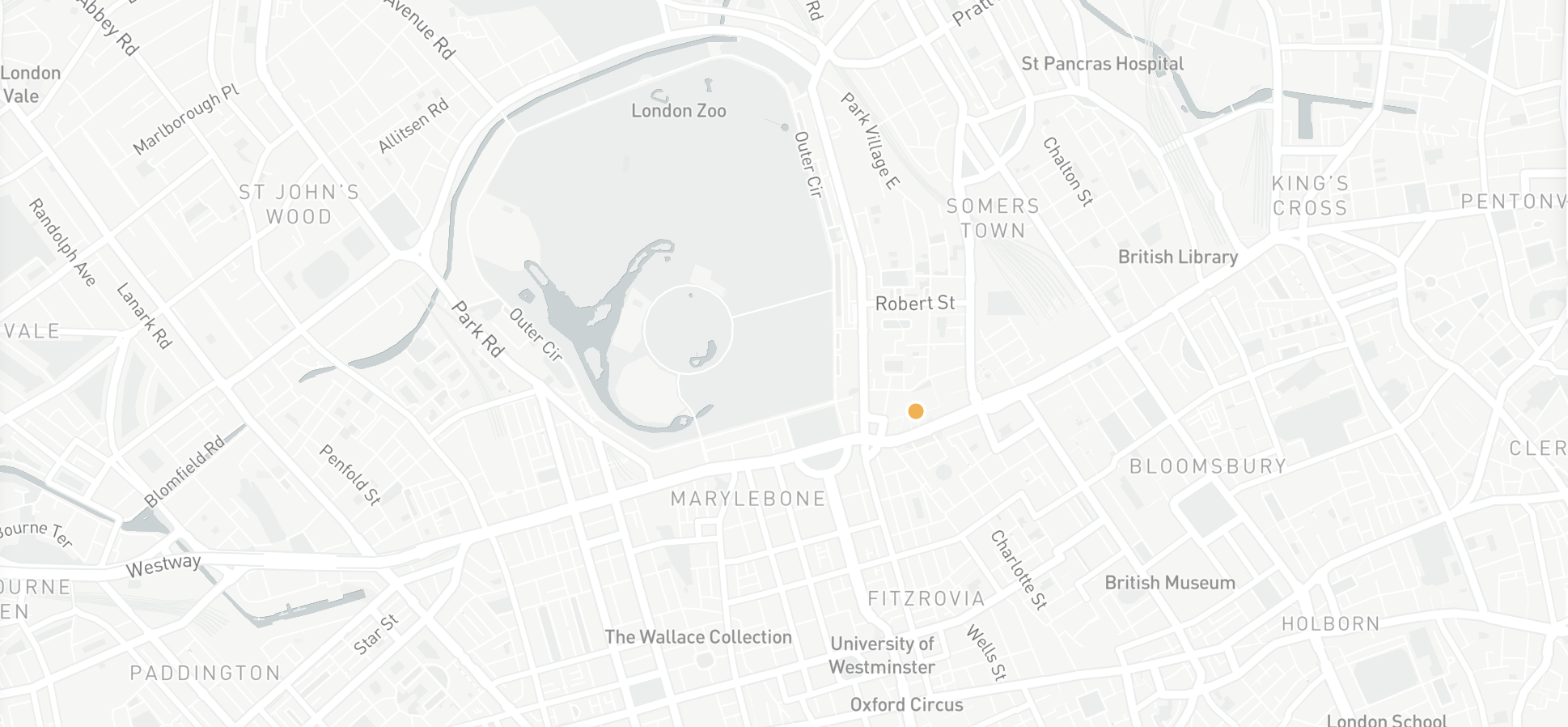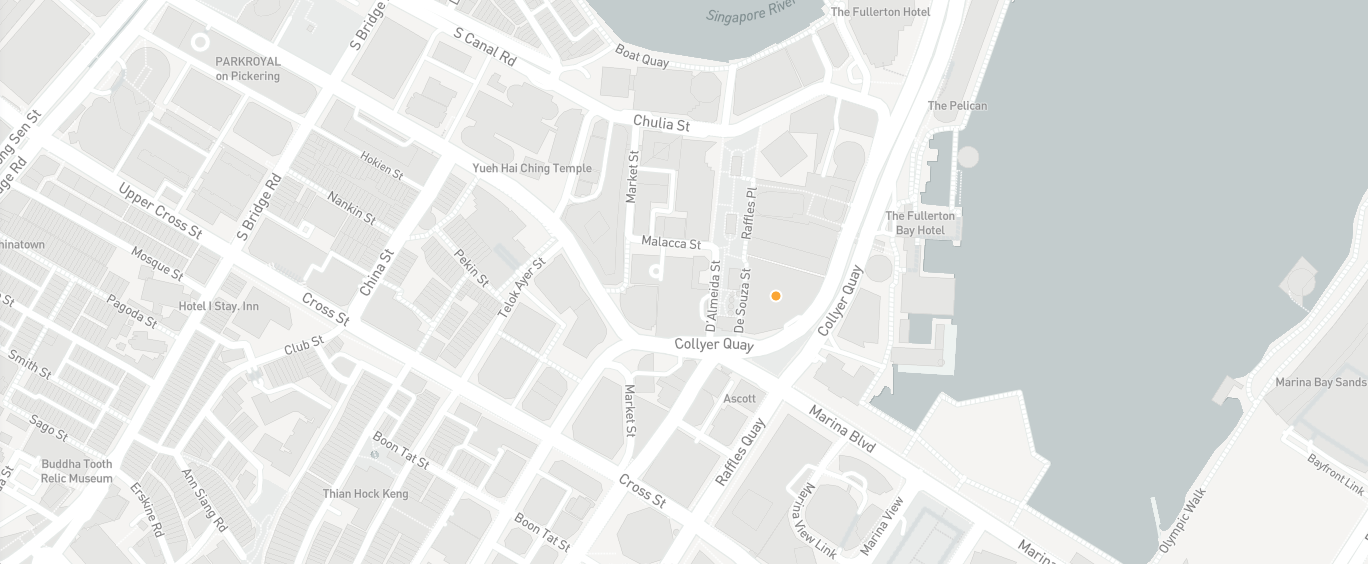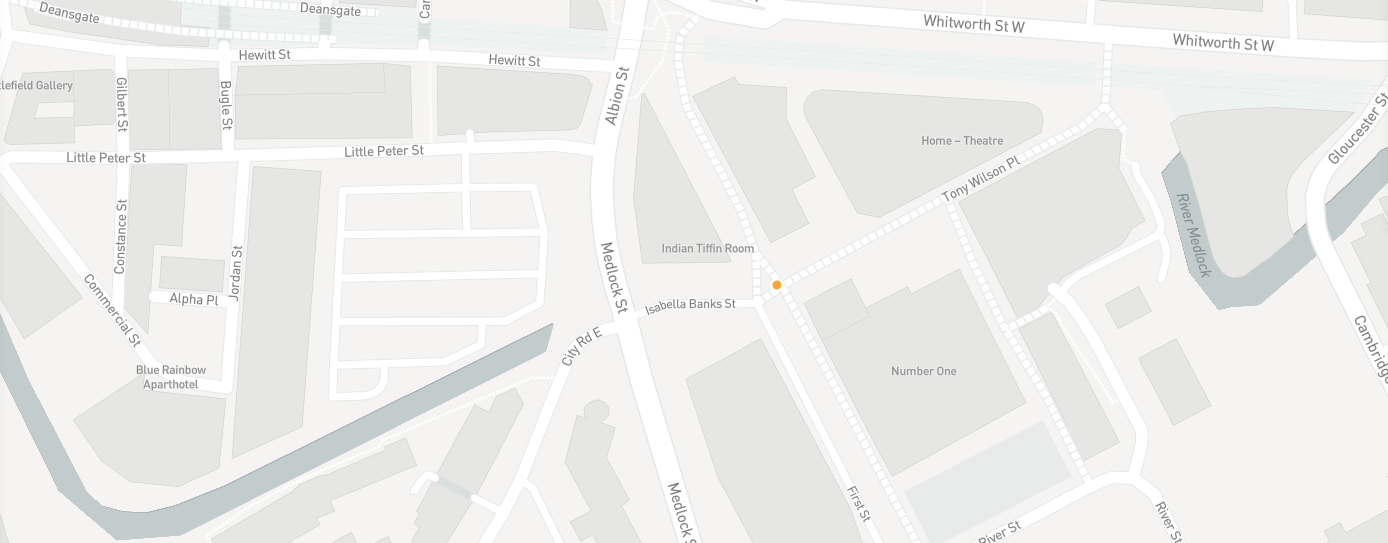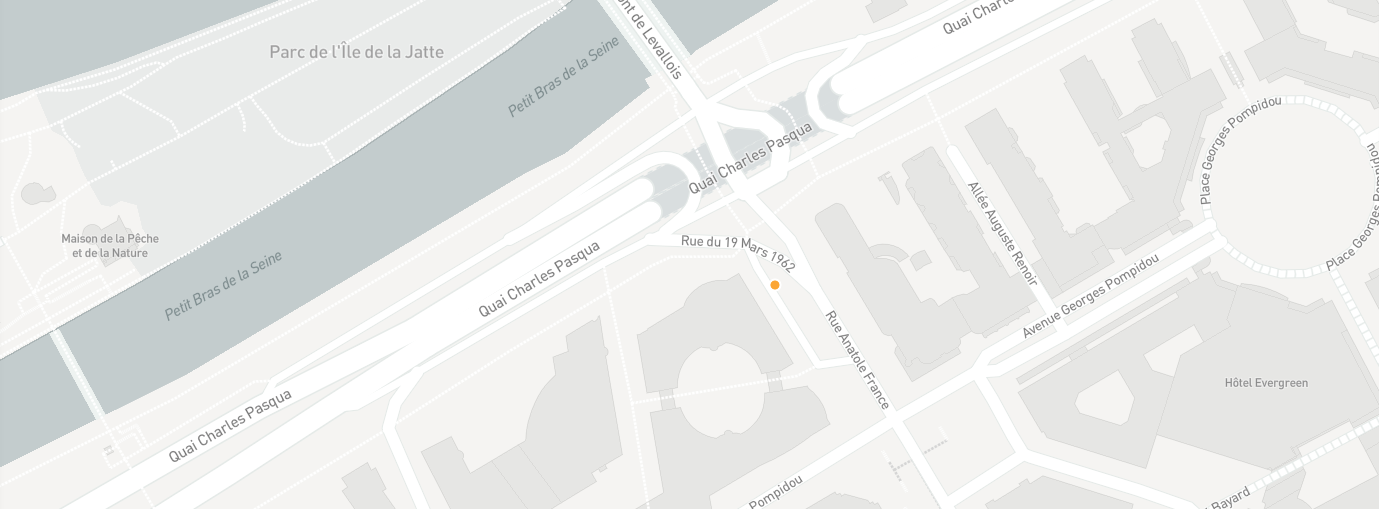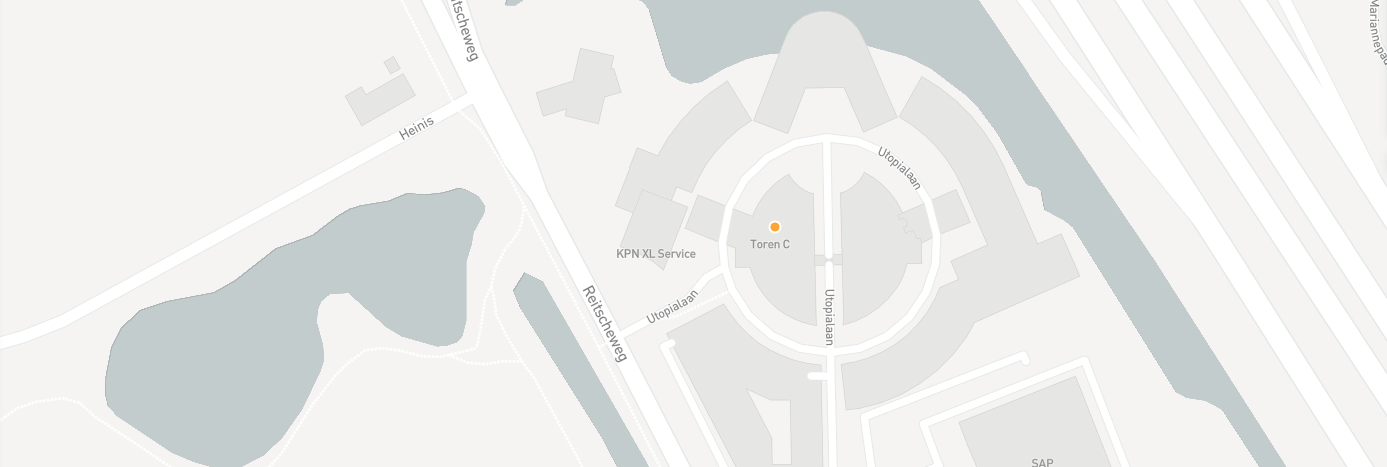How to use Non-Verbal Communication to your Advantage in Interviews
You’ve swotted up on the organisation, prepared detailed, compelling answers for those all-important questions, and planned some incisive questions of your own that are sure to seal the deal. But selling yourself at an interview doesn’t end with what you’re saying.
From the second you shake hands and sit down, your interviewer is likely to have formed an opinion based on body language alone. Though the content of your communication is important, it’s the non-verbal which could be the difference maker between you and your competition.
Things like intonation, speed of delivery, pauses and facial expressions can carry a lot of information about yourself, so it’s essential to keep these non-verbal features in mind during your interview. Here, we’ll delve further into how you can effectively use body language and non-verbal communication in a way to give you the edge at your next interview.
Quick links
- What is non-verbal communication?
- Non-verbal communication examples
- Why is non-verbal communication important?
- Appearance for a job interview
- Body language in an interview
- Tone of voice in an interview
- After the interview
What is non-verbal communication?
Non-verbal communication is just as valuable as verbal communication, but what exactly is it? Experts suggest that up to 93% of communication is non-verbal, so knowing what it is and how to effectively cater your non-verbal communication is critical.
Simply put, non-verbal communication is anything you communicate to someone outside of the words you are saying. This includes body language, the tone of your voice and other non-verbal cues you can put across to someone during a conversation that convey your mood and a different meaning behind the words you’re saying.
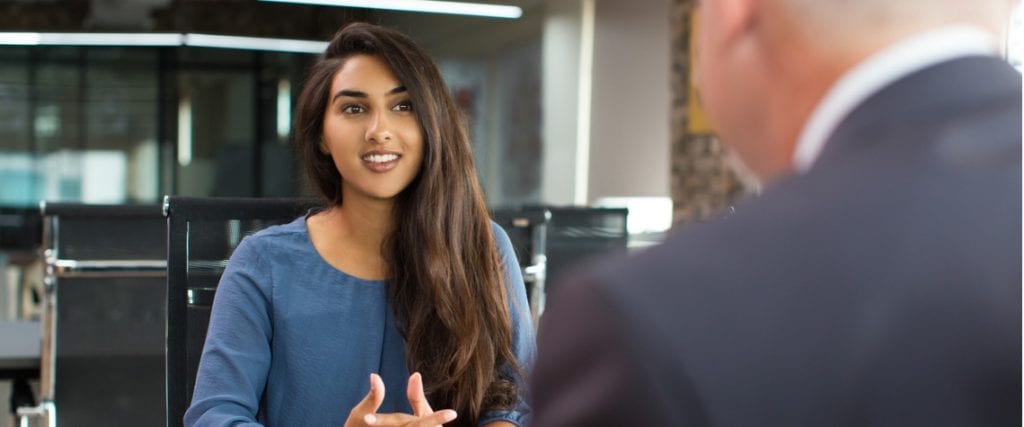
Non-verbal communication examples
There are countless examples of non-verbal communication that you give and receive every single day, but by knowing a few key examples, you may be able to alter your approach to job interviews.
Facial expressions
The same sentence said with two different facial expressions can hugely alter the perception of it, for example: a friend saying “I’m really pleased for you” through gritted teeth is obviously said with more negative emotion than saying it with a big smile.
Tone of voice
Have you ever heard the phrase, “It’s not what you said, it’s how you said it?” Well, that’s because someone has picked up on someone else’s tone of voice. Again, the same sentence said with a cheery tone comes across differently than one said aggressively, so you should be extra careful that the words you’re saying match the way you want to say them.
Why is non-verbal communication important?
Positive body language, while sometimes easier said than done, can separate ambitious, determined job-seekers from those who aren’t. It’s a vital part of the interview process that your interviewer will be well aware of during your time together.
Non-verbal communication helps to supplement your verbal communication, whether you’re answering a question, introducing yourself or any number of speech acts. Discrepancies between your body language and your speech will lead interviewers to reach certain conclusions, so there must be a synchronicity between the two.
Body language conveys information about the candidate’s emotions and attitudes, too. If someone is blinking too much or tapping their feet, it’s likely a sign of their nervousness at the situation. Non-verbal cues also serve to control the flow of a conversation, ensuring that both candidate and interviewer don’t start speaking at the same time.
Appearance for a job interview
The way you’re dressed and how you present yourself will also tell the interviewer plenty. Inappropriate or sloppy-looking attire goes against the professional, confident manner you want to demonstrate.
Take pride in your appearance; something that exudes expertise and professionalism, that also makes you feel good, will be a natural confidence booster on the way to your interview. Allowing for plenty of travel time also ensures you won’t be rushing to get there; turning up looking dishevelled, sweaty and unkempt is never a good look.
Choosing what to wear for your interview
Clothing is one of the most important things that you can prepare for during an interview, because it’s a key aspect of your first impression on an interviewer. Regardless of whether you’re applying for a job at a workplace that has its own uniform or one that enforces a strict, formal dress code, you should still aim to dress formally.
Once you’ve landed the job, you can start abiding by the dress code that the workplace employs.
Dressing formally for an interview shows the interviewers that you’re organised, that you’ve made an effort (this isn’t how you’d dress to go for drinks with friends), and it demonstrates a level of respect for the company and the job you’re interviewing for.
Appear organised
Bringing notes, a copy of your CV, and the job advertisement to the job interview not only makes you more prepared but also shows a level of professionalism that not every candidate will demonstrate. Appearing organised in the interview stage projects the message that you will continue this throughout your employment. Organising yourself properly for an interview is crucial to nailing the process, but bringing the correct documentation cements your organisational skills to the interviewer.

Body language in an interview
You can say everything right and still not come across right to the interviewer, but why? Well, you’re also saying something with your body language. Let’s take a look at how your body language can be used to help or hinder your chances of landing your next role.
Nailing the first impression
Even the way you greet the receptionist in the lobby can make an impact; you never know if the interviewer will ask them for more on your conduct before the interview. Be polite, introduce yourself and sit up straight while waiting. Rather than looking at your phone or listening to music, check over your interview preparation notes or any company materials in the lobby.
Getting the handshake right
Upon meeting the interviewer, your first order of duty is getting the handshake right. A quick dash to the bathroom to wash your hands will save you the embarrassment of a sweaty palm, while a firm shake, rather than a bone-crushing grip, will put your first impression on the right track. A limp handshake can often imply awkwardness, uncertainty or nervousness, too, which aren’t things you want to convey from the get-go.
Show your interest
Demonstrate your interest throughout the interview by maintaining eye contact and nodding along with their comments or questions. Some verbal interjections can also show interest, but try to keep these to a minimum as they can show nervousness or even rudeness if they’re used too frequently. When you’re nervous, things that usually come naturally might fall by the wayside, so remember to smile and show how confident and capable you are for the job.
Hold good posture
Good posture goes a long way, showing confidence and maturity to a potential employer. Remember to keep your shoulders back and sit upright during the interview. A slouching posture can come across as unprofessional and could suggest a level of arrogance, which is never good in a job interview.
Implement calming techniques
Coming into an interview panicked and agitated gives entirely the wrong impression to potential employers. By implementing calming techniques such as mindfulness and breathing techniques, you can ensure that you go into the interview in a calm and collected manner, ready to give the interview your best attempt.
Tone of voice in an interview
Nerves are natural during an interview, but you should endeavour to keep them under control so that your voice sounds clear, confident, and intelligible. Being confident is only half the battle, though. Interviewers may be put off by an interviewee who comes across as cocky. There’s a very fine line between coming across as confident and coming across as cocky.
Clarity of voice
Speak at a clear volume and take care to enunciate your words properly. So that you don’t sound rushed or lacking confidence, focus on breathing while you speak and make sure that you think before you speak. Although you want to appear confident, you don’t want to word vomit and portray yourself as nervous or indecisive.
Take brief pauses
Within reason, it’s not a negative to take time to think of how you’d like to answer a question. It shows the interviewer that you can assess the variables before giving a knee-jerk reaction. Interviewers aren’t expecting you to have an immediate answer for every question they might ask, so don’t be afraid to pause to gather your thoughts before answering.
Be direct
After taking the time to consider your answer, ensure that you’re answering the question that’s being asked. You don’t want to be rude or stern when answering a question, but you also don’t want to beat around the bush and give an answer like a politician. If you’re unsure, don’t be afraid to say so while still attempting to formulate a coherent answer.

After the interview
Before you leave, give the interviewer another firm handshake. Smile, thank them for their time and walk out confidently. Be sure to say goodbye to the receptionist or anyone else you spoke to on your way out, too.
Now you can breathe a sigh of relief, knowing that you made an excellent impression using non-verbal or body language-based cues.
Click here for the latest news and features from SEFE or visit our homepage to find out about our latest career opportunities.
The views, opinions and positions expressed within this article are those of our third-party content providers alone and do not represent those of SEFE. The accuracy, completeness and validity of any statements made within this article are not guaranteed. SEFE accepts no liability for any errors, omissions or representations.
